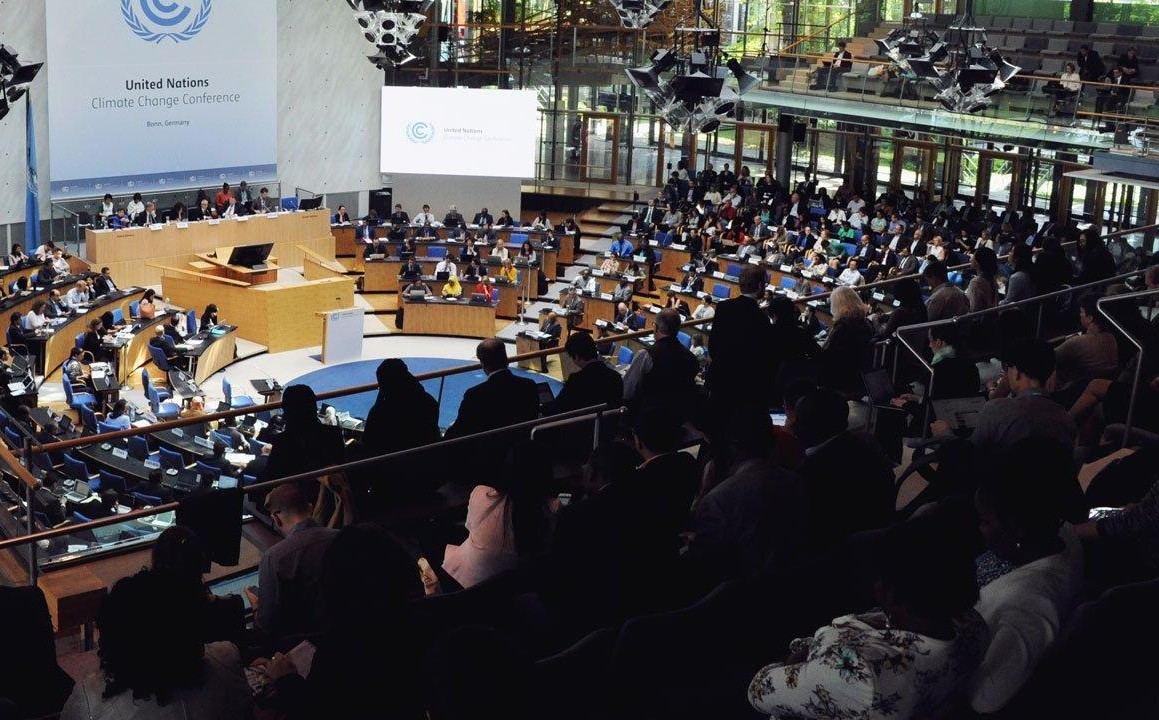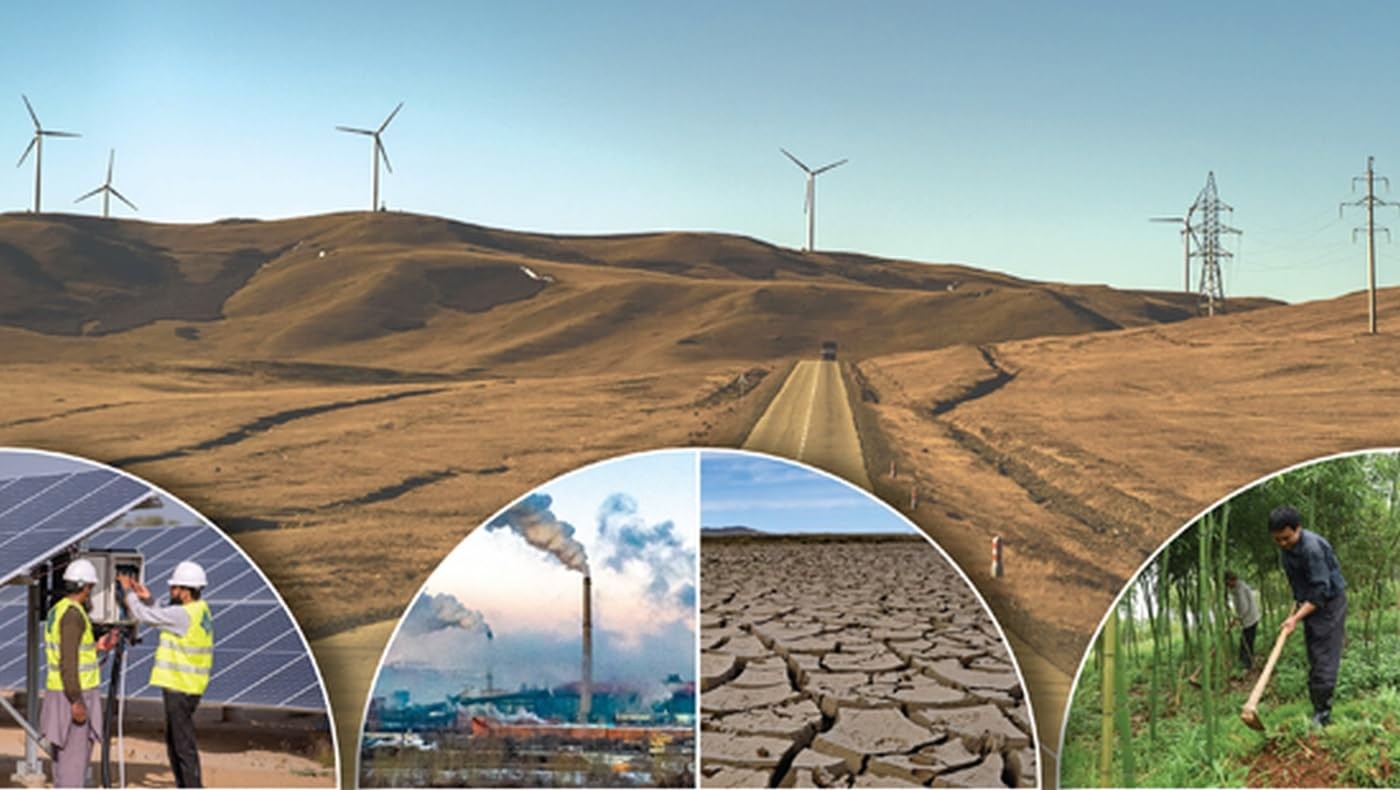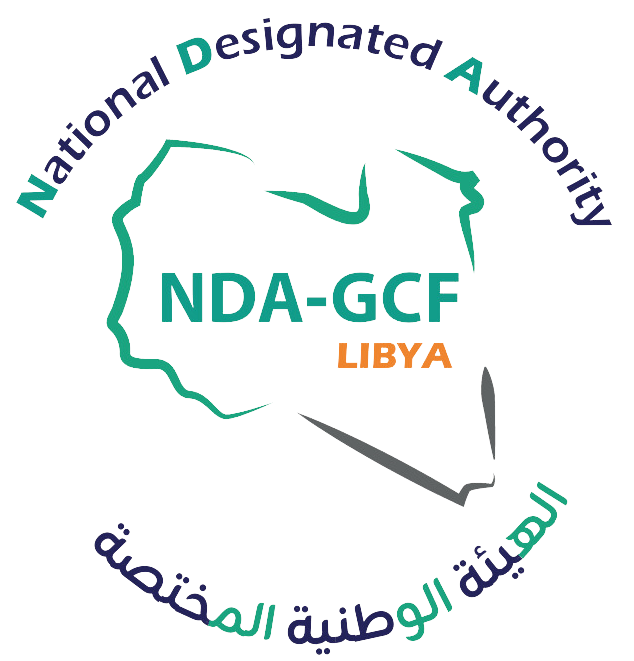Mission
GCF mission
What you need to know about
The GCF was an operational entity of the financial mechanism linked to the UNFCCC. It was created at the UNFCCC’s 16th Conference of Parties (COP), held in Cancun, Mexico, in December 2010. It is currently the largest and most important climate fund that supports the implementation of the UNFCCC and the Paris Climate Agreement (December 2015). It is mainly dedicated to developing countries, especially Least Developed Countries (LDCs), Island Developing States (IDS) and African States (AS)

GENESIS OF GCF
Some key dates that constitute the genesis of the GCF
2009
The GCF was first proposed at the 15th COP in Copenhagen (Denmark)
2010
The GCF was officially established in Cancun (16th COP)
2011
The core instrument of the GCF was adopted in Durban (17th COP)
2013
First executive director appointment, the Songdo headquarters, and a balanced Board mark its launch.
2013-2014
Decisions at Board meetings to make the GCF operational
2014
Initial mobilization of GCF resources through pledges of more than US $ 10 billion for 2014-2018
2015
First project funding and Accreditation of a first series of entities for direct access to the GCF
2016-2017-2018
Continued operational implementation of the GCF.

GCF Governance
The 24-member GCF Board, elected for three years, ensures balanced representation of developed and developing countries, with co-chairs from both. It is supported by substitutes, advisors, an Executive Management, and an autonomous secretariat.
Objectives
The GCF’s main objectives are:
- Promote a “paradigm shift”: namely, change towards low-emission, climate-resilient development pathways by providing developing countries with assistance to limit or reduce their GHG emissions and adapt to the impacts of CC”;
- Contribute to meeting the UNFCCC ultimate goal (Article 2) and overall targets in terms of GHG emissions mitigation and adaptation of vulnerable communities to the adverse effects of climate change in accordance with Articles 4 and 7.1 of the Paris Climate Agreement.
To this end, the GCF will finance projects and programs on GHG mitigation and adaptation to the adverse effects of climate change, developed by both public and private sectors.

GHG emission mitigation
refers to human interventions aimed at reducing greenhouse gas (GHG) emissions or enhancing their absorption by natural sinks. This process plays a crucial role in combating climate change and achieving global sustainability goals

Adaptation to the climate change
is a process of adjustment to the current or expected climate and its consequences. In human systems, it is about mitigating or avoiding adverse effects and exploiting the beneficial effects. In some natural systems, human intervention can facilitate adaptation to the expected climate and its consequences.

Paradigm shift
it is defined by the GCF as the extent to which a proposed activity is likely to catalyze an impact greater than a one-time investment in a project or a program. More concretely, it is a shift in the way of thinking and acting that can generate an impact beyond the funded project / program
Once the NDA is established, the activities will focus on the recruitment of national and international experts to provide technical and institutional support to the GCF National Focal Point to strengthen his/her capacities and help him/her fulfill his/her roles and responsibilities vis-à-vis the Green Climate Fund.
Establish a favorable environment at the national level for the mobilization of climate fund by involving stakeholders and identifying national priorities taking into account the GCF main guidelines and cross-sectoral and public-private cooperation tracks.
The implementation of the project activities requires the establishment of a national management unit. Hence, a technical assistant will be needed to support the Focal Point and NDA to be established.
In order to inform and facilitate exchanges between the different stakeholders at the national level (ministries, NDA, …), it is essential to provide the structure responsible for carrying out the activities of Climate Fund in Libya, with an information sharing system.
